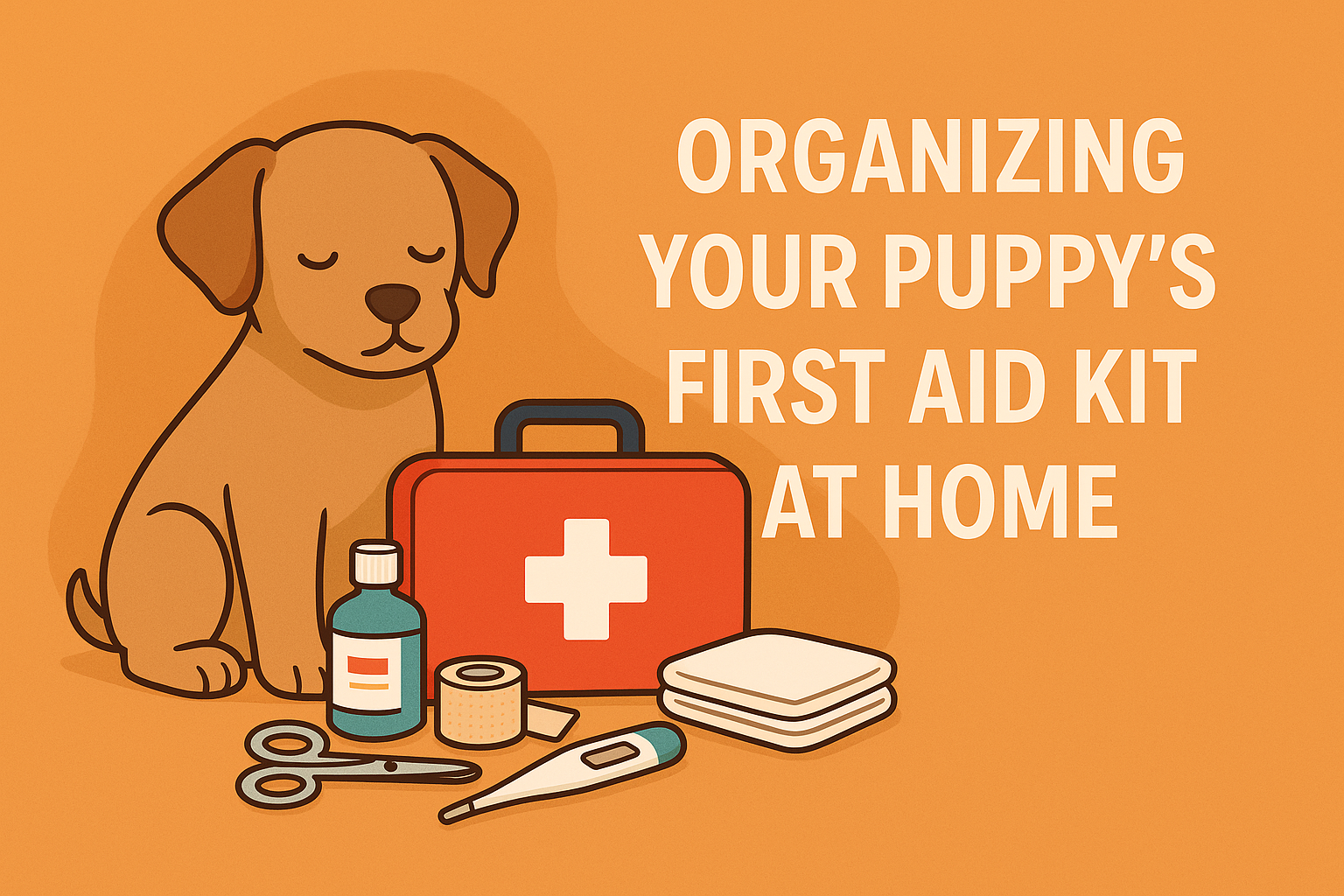If your dog is injured, it is important to know how to administer basic first aid for your dog. Depending on the kind of injury, you may need to know how to administer CPR or treat a bleeding dog. In addition, you should be familiar with signs of a serious illness in dogs.
Basic first aid items
It’s important to have some basic first aid items for your dog in case of an accident or emergency. These products range from simple to complicated, but can make a huge difference in your dog’s health. In an emergency situation, you should not wait until your veterinarian’s office is open to administer help. It’s also a good idea to keep your dog’s medical records handy, so that you can easily answer questions about allergies, medications, vaccination status, and more. You can also reference some online resources, such as the AVMA, to learn about CPR, basic first aid procedures, and more.
Hydrogen peroxide is a great first aid item for your dog. This type of solution can be used to stop bleeding and to disinfect wounds. You should only use this product if your veterinarian has supervised it first. Make sure you dilute it before administering it to your pet.
A saline solution is another essential item for your dog’s first aid kit. You can buy a small bottle of this solution at your veterinarian’s office or from an online store. It can be used to clean wounds or to administer oral medications and supplements.
CPR
CPR for your dog is a life-saving technique that you can use if your dog has a cardiac arrest. This method begins by feeling for the dog’s heartbeat. The easiest way to do this is by placing your hand on the dog’s chest, behind the elbow. You can also place your hand around the chest for small dogs. Once you’ve found the dog’s pulse, you can then start artificial respiration.
CPR for your dog can be effective for dogs, but it’s not always effective. When CPR isn’t working, you’ll need to take your dog to the vet to get medication and oxygen to restart their heart. Before you start performing CPR for your dog, make sure you contact your veterinarian first so they can prepare for your trip. Remember to use the ABCs – airway, breathing, and cardiac – while performing CPR on your dog.
If your dog has stopped breathing, you should turn it upside down and begin performing chest compressions. The chest should be compressed between 25 and 33 percent of the dog’s chest diameter. Make sure to keep the elbows firmly locked. If your dog has a snout or tongue, you can hold it over the sternum. Once you’ve started chest compressions, you should coordinate artificial respiration with the compressions. If you have to perform compressions more often, you can give a breath after every 15 compressions.
Treating a bleeding dog
The first step in treating a bleeding dog is to apply direct pressure to the wound. A small face towel or gauze can be placed over the wound. It should be firm but not painful. It is important to replace blood that soaks through the compress. You can use your finger or bare hand to apply the compress. You can also elevate the dog’s leg to reduce the pressure on its leg and slow down the bleeding.
If the bleeding is internal, keep the animal warm and check for signs of shock. Then, take the dog to the veterinarian or emergency clinic. There are a number of causes of internal bleeding in dogs. Depending on the source of the bleeding, the dog can need to undergo a few tests before a veterinarian can diagnose the problem and provide treatment.
If the bleeding is confined to the leg, place a clean cloth or sanitary napkin over the wound. Don’t try to remove the gauze, as this may disturb the clotting process and cause further bleeding. Once the wound is covered with a dressing, take the dog to the veterinarian. The veterinarian may need to apply stitches, if necessary.
Cooling a burn in a dog’s mouth
When treating a burn in a dog’s oral cavity, it’s important to remember that there are several steps to take. First, make sure the burn is completely extinguished. If possible, try immersing it in cold water. This can prevent the burn from spreading or getting infected. If the burn is infected, it is important to seek immediate veterinary care.
Second, make sure the dog has access to water. It’s important to remember that dogs have different levels of skin sensitivity, and every burn is different. First-degree burns are the least severe and may heal within a week or two. Second-degree burns may take longer and may result in secondary conditions, such as infection.
Third, you can apply cold water to the burn area or use a wet towel. Be sure to use a non-adherent dressing to avoid transferring the burn’s temperature to the surrounding skin. If the burn area is too hot, the affected area may be infected by bacteria.
Finally, keep in mind that you should never touch a dog’s burn. Dogs can be very sensitive and aggressive, and if they feel pain, they can react aggressively. If you see a burn in a dog’s mouth, do not touch it! You should also wear gloves if the burn is electrical or corrosive.
Treating a sting in a dog’s mouth
Dogs with a wasp sting may be quite agitated, and you should try to calm them down. You should also watch for signs of an allergic reaction. Some people recommend an over-the-counter antihistamine, but be aware that some of these medications are toxic to animals. It’s best to consult a veterinarian to determine the correct dose and duration.
In addition to a painful and inflamed mouth, a sting in a dog’ s mouth can cause anaphylactic shock. A mild reaction may be a simple swelling, but a more severe reaction may involve an airway obstruction or inflammation. In this case, it is important to visit the veterinarian right away.
Most stings will cause mild swelling and redness. Your dog may even favor a paw or face. In some severe cases, your dog may even exhibit hives and wheals. To make sure that your dog is not allergic to stings, bring him to a vet right away.
If your dog is stung by a bee, you should attempt to remove the stinger as soon as possible. If it is not possible to remove the stinger on your own, use a tweezer to extract it. But remember, it’s important to keep your dog still and try not to move too quickly, or you may end up hurting the dog.
Treating a heatstroke in a dog
The first step in treating a dog with heatstroke is to ensure it is kept cool. Keeping the dog cool before it reaches the veterinarian is crucial to reducing its body temperature and increasing its chances of survival. Depending on the severity of the heatstroke, the dog can require two to three days of hospitalization. During this time, the veterinarian will perform bloodwork to evaluate the dog’s organ functions.
Heat stroke in dogs can cause severe, permanent damage to vital organs, including the heart and kidneys. Fortunately, it is preventable, and early treatment can help your dog recover. A veterinarian will perform a physical exam and run blood and urine tests to check for signs of organ damage and help you determine the best course of treatment. If the heat stroke is serious, your dog may need an invasive procedure to remove heat from his body and save his life.
Oxygen therapy is a critical part of treatment. In addition to IV fluids, oxygen therapy is often necessary, and medications are prescribed for pain, nausea, vomiting, and diarrhea. Other medications can be given to reduce inflammation and prevent seizures.








